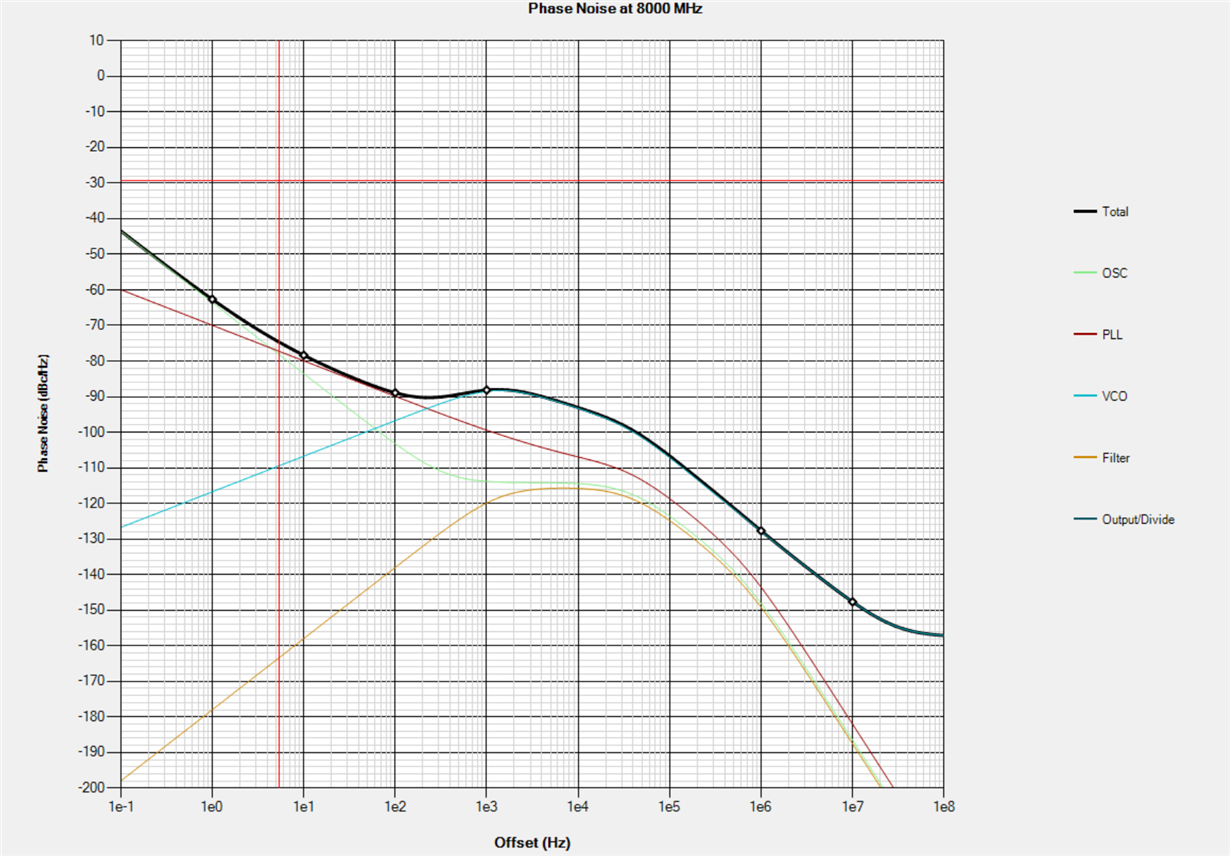Hi Team,
Our customer is working with the LMX2594 in combination with a very high quality (very good long term stability) external reference oscillator. He would like to know at what level of phase noise (e.g. -135 dBc/Hz at 10 Hz) the LMX2594 can track from the external oscillator over long periods before the synthesizer itself becomes the long term stability limitation.
Regards,
Danilo



